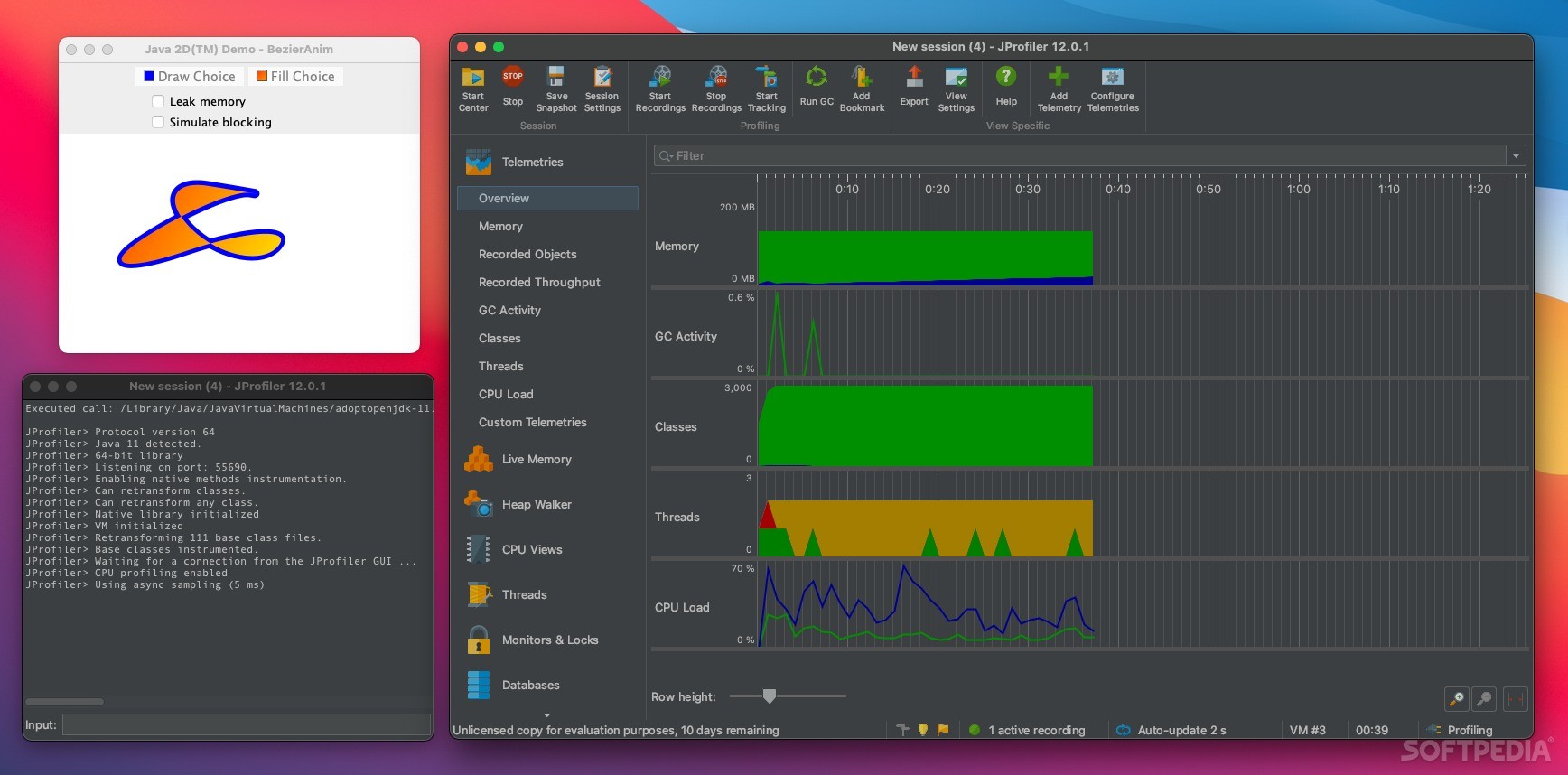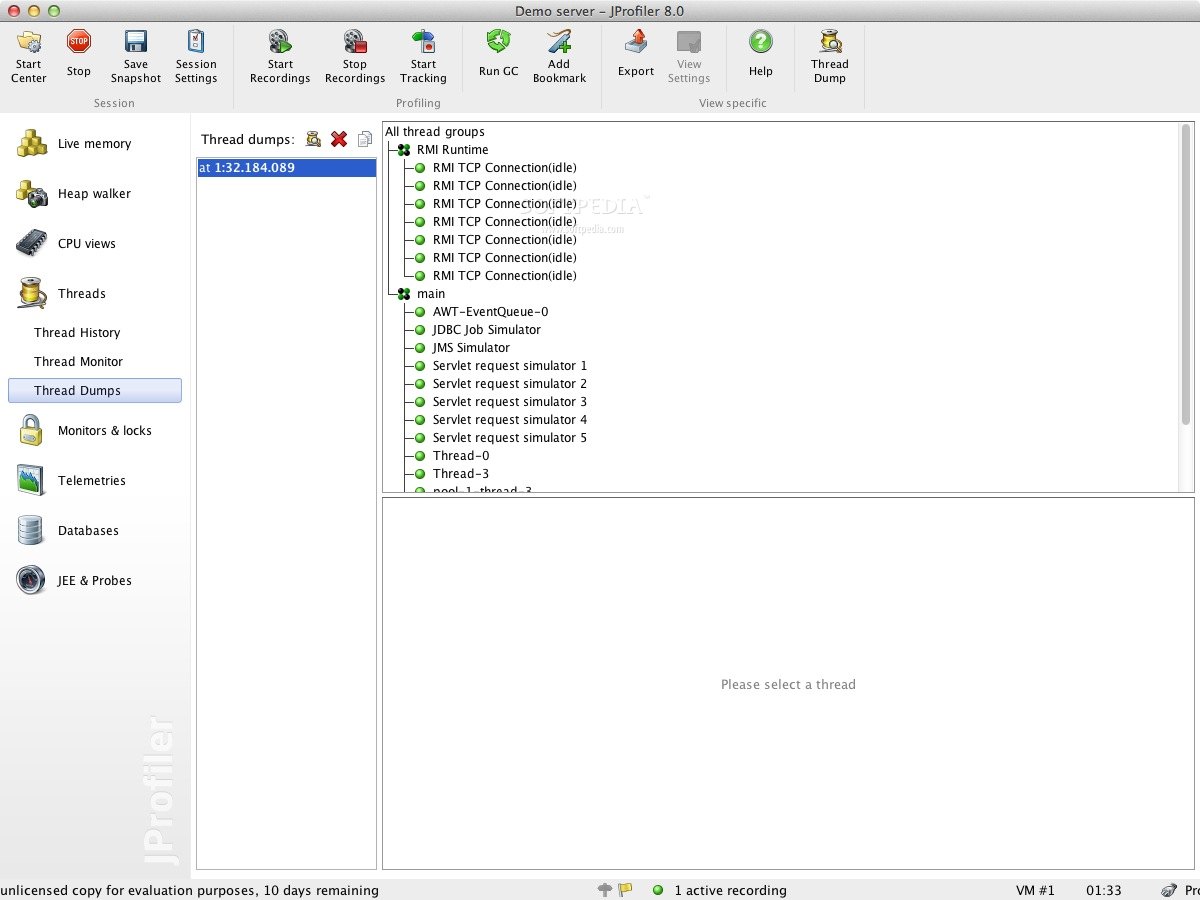
With more load, however, you might have to increase it. If your application is small and doesn’t need much memory, having a small heap space shouldn’t be a problem.

They require some significant debugging skills and a good understanding of the application you’re working with. Memory leaks are a problem because they are pretty hard to diagnose.

The focus of this article is the various techniques that can be used to hunt down memory leaks once you’ve recognized how memory leaks happen. Unclosed connections: Like with unclosed resources, unclosed database or network connections can lead to significant memory use if not unloaded.Īdditional reasons memory leaks may occur include having a small heap space, excessive page swapping by the operating system and long delays in garbage collection. They aren’t memory leaks in the exact sense but memory usage does remain high in the time that the stream remains open.īesides, it’s also worthwhile to remember that class unloading may or may not happen depending on the JVM implementation.

Most systems have hard limits on how many files can be open at once, and in addition to hard-to-reproduce bugs like different processes being unable to access the file or OS errors, such issues can be quite problematic to debug. This way, unclosed system resources don’t always pose a risk, so a lot of developers tend to look over them. Unclosed system resources: The GC indirectly frees up files since classes like FileInputStream are written such that if an instance is garbage collected, the ‘ close()’ method will be called first. Unreferenced static fields: The GC is unable to clear static fields unless the class that owns it is unloaded, which only happens if the Classloader that called it is garbage collected. Considering how much of its popularity Java owes to its garbage collector, how can it this be possible? As it turns out, the GC has a few weak spots:
#JPROFILER 10 MEMORY LEAK HOW TO#
In the last article, we covered the most basic aspects of what memory leaks are, what causes them and how to eliminate them from your program.Īs a preamble, memory leaks happen when the garbage collector (GC) is unable to clear unreferenced objects from working memory. Hunting Down and Fixing Memory Leaks in Java


 0 kommentar(er)
0 kommentar(er)
